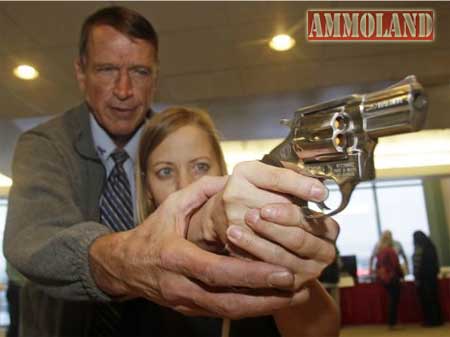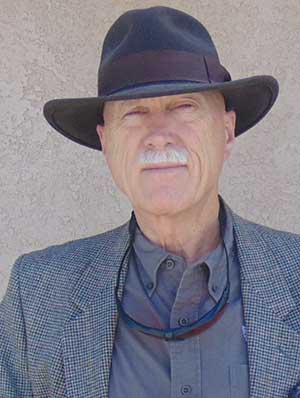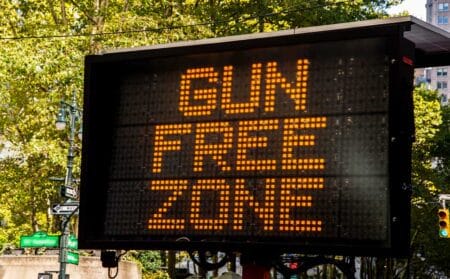By Dean Weingarten


Arizona – -(Ammoland.com)- The label “gun violence” has become epidemic in the debate about firearms law and the second amendment. “Gun Violence” is a propaganda metric designed to win the debate in public discourse about the second amendment. It accomplishes this by defining the terms in a way favorable to gun prohibition efforts. Here is a example to illustrate the technique, using hospitals.
No one favors people dying in hospitals. Why would anyone want someone to die in a hospital? Therefore, we can create a legislative solution to hospital deaths. We can prevent nearly all hospital deaths with a simple law. All we need to do is to outlaw hospitals. Then people will not die in hospitals, and we will have virtually eliminated hospital deaths!
Of course, the overall death rate will now rise because the usefulness of hospitals will have been outlawed along with hospital deaths.
This is the construct of the term “gun violence”. When you lump all violence in which a gun is used into one category and define reducing that number as a positive good, in and of itself, you necessarily discard or negate anything positive that results from “gun violence”, and ignore violence that results from the substitution of other methods. That is the semantic trick that is being employed in this instance.
To avoid this trap, researchers need to look at all unjustified violence to see if policies that reduce “gun violence” reduce overall unjustified violence. If substitution of other methods increased the level of overall unjustified violence, or if no significant change in the level of unjustified violence occurs, then the policy had no positive effect. Ideally, but far more difficult, the research should be over sufficient time to take into account long term effects. That is the method that John Lott and other researchers used when they found that more guns resulted in less crime.
I use the term unjustified violence because violence itself is neutral, like gravity. Violence can be used for good or evil. If violence is used to defend the innocent or to protect society, it can most certainly be good. If violence is used for evil purposes, it can be evil.
Medically, this is similar to testing a new drug to prevent strokes, but ignoring the number of people who are given the drug who are dying of heart attacks. Doctors, who would never condone giving a drug that caused as many or more deaths as it prevented, seem to have no qualms about prescribing “gun control” without considering the lethal side effects of such measures.
Many papers have been written that measure the propaganda metric “gun violence” or often “gun deaths”. When you see that metric in a paper, it shows that the authors are engaged in either academic fraud or academic malpractice. Either the authors did not consider the possibilities of positive uses of guns or the substitution of other methods, or they are making a political statement that death by gunshot is more wrong than death by knife, bomb, arson, blunt object, or beating by hands and feet. If they did not consider positive uses of guns or substitution of methods, their work can be discarded as fatally flawed. If they are making a political statement, then the work is political advocacy, not academic study.
If as many or more people die by murder and suicide after a gun ban as before the ban, all other factors being equal, then the ban has not had a positive effect. Of course, serious research needs to look at trends, multiple regression analysis, and numerous other factors, because “all other factors being equal” is a very rare condition in the real world. There are many ways to commit academic fraud and to lie with statistics.
It is clear that researchers who only measure “gun violence” or “gun deaths” are pushing propaganda, not serious research into ways to reduce the unjustified death rate.
c2014 by Dean Weingarten: Permission to share is granted when this notice is included. Link to Gun Watch
About Dean Weingarten;
Dean Weingarten has been a peace officer, a military officer, was on the University of Wisconsin Pistol Team for four years, and was first certified to teach firearms safety in 1973. He taught the Arizona concealed carry course for fifteen years until the goal of constitutional carry was attained. He has degrees in meteorology and mining engineering, and recently retired from the Department of Defense after a 30 year career in Army Research, Development, Testing, and Evaluation.




